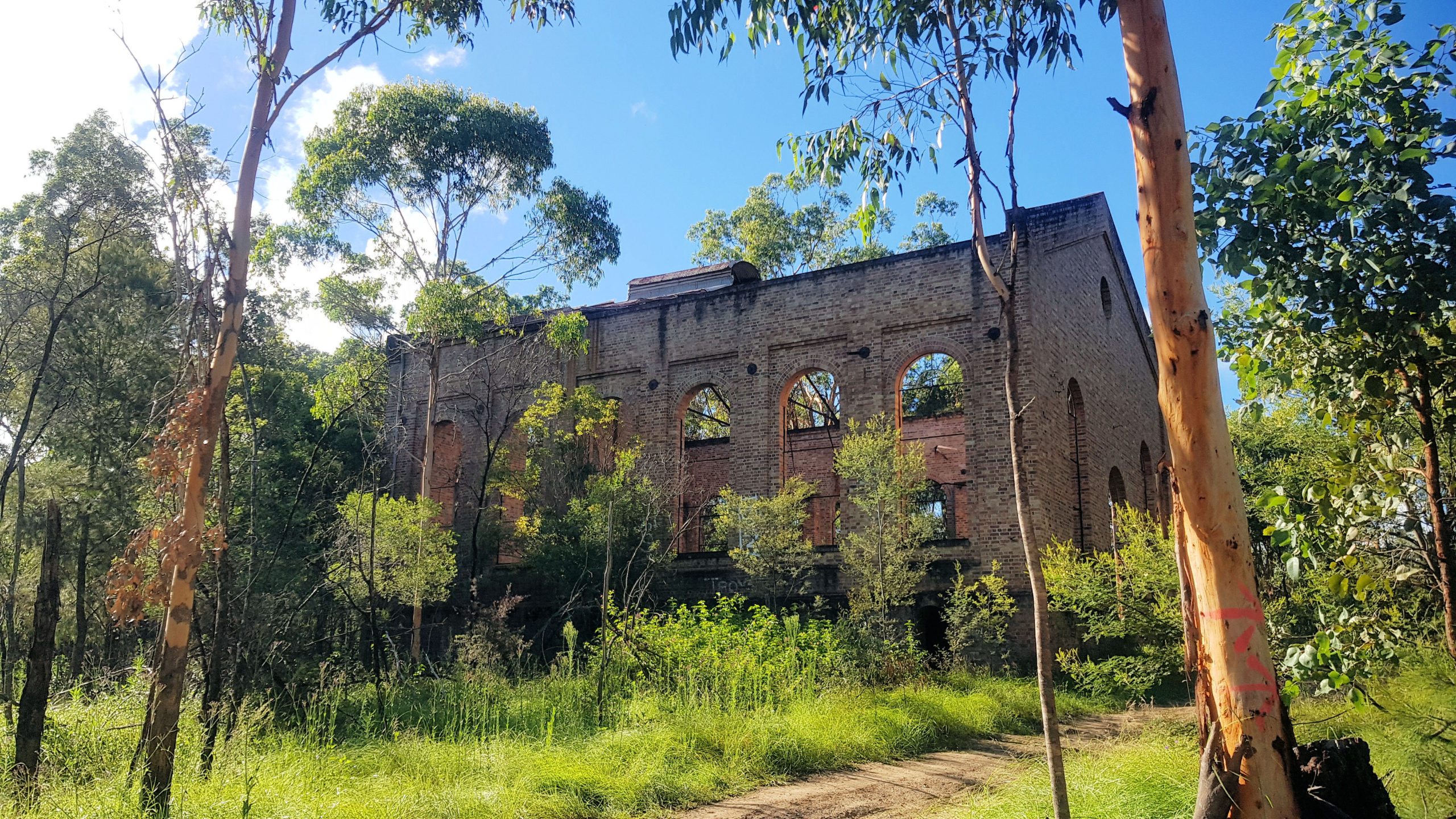Tag: New South Wales
-
Maitland Regional Art Gallery

Maitland Regional Art Gallery The Maitland Regional Art Gallery occupies a building complex in High Street alongside several other historically significant buildings. Originally two separate buildings a major renovation, saw a joining structure added linking them into one structure. There is ample parking available at the rear of the gallery, so you can avoid trying… Read more
-
We Can Be Heroes Newcastle Art Gallery

We Can Be Heroes Newcastle Art Gallery We Can Be Heroes is a photographic exhibition by Australia’s best music photographers, making it a must see for music fans. On display at the Newcastle Art Gallery until 14 February 2021. From local talent to international superstars, there will someone you recognise. Artists such as David Bowie,… Read more
-
Aberdare South Abandoned Mine at Abernethy

Aberdare South Abandoned Mine at Abernethy The Aberdare South Colliery operated from 1913 to 1927, making it long abandoned. All that remains of the old mine are the winder house and chimney, but these make the trip worthwhile, so that you can see some of the original industry of the Hunter Valley. Getting There Located… Read more